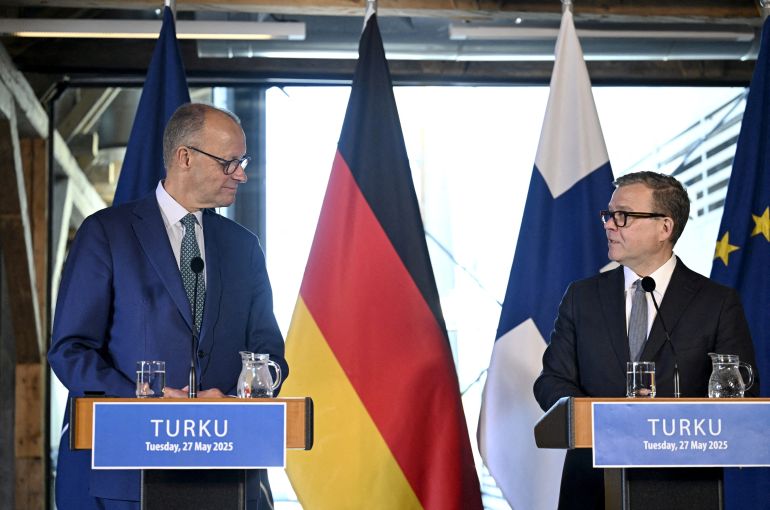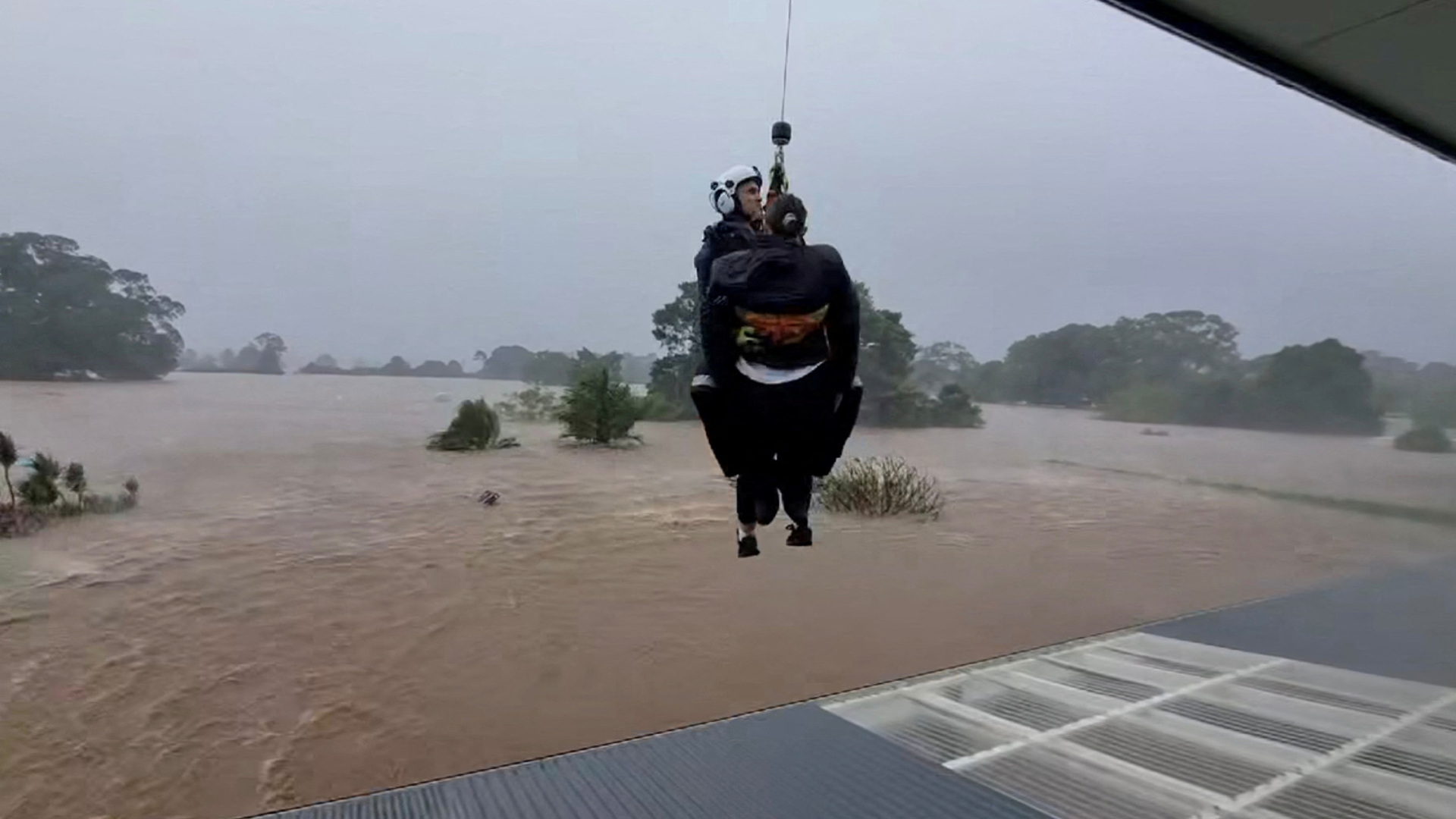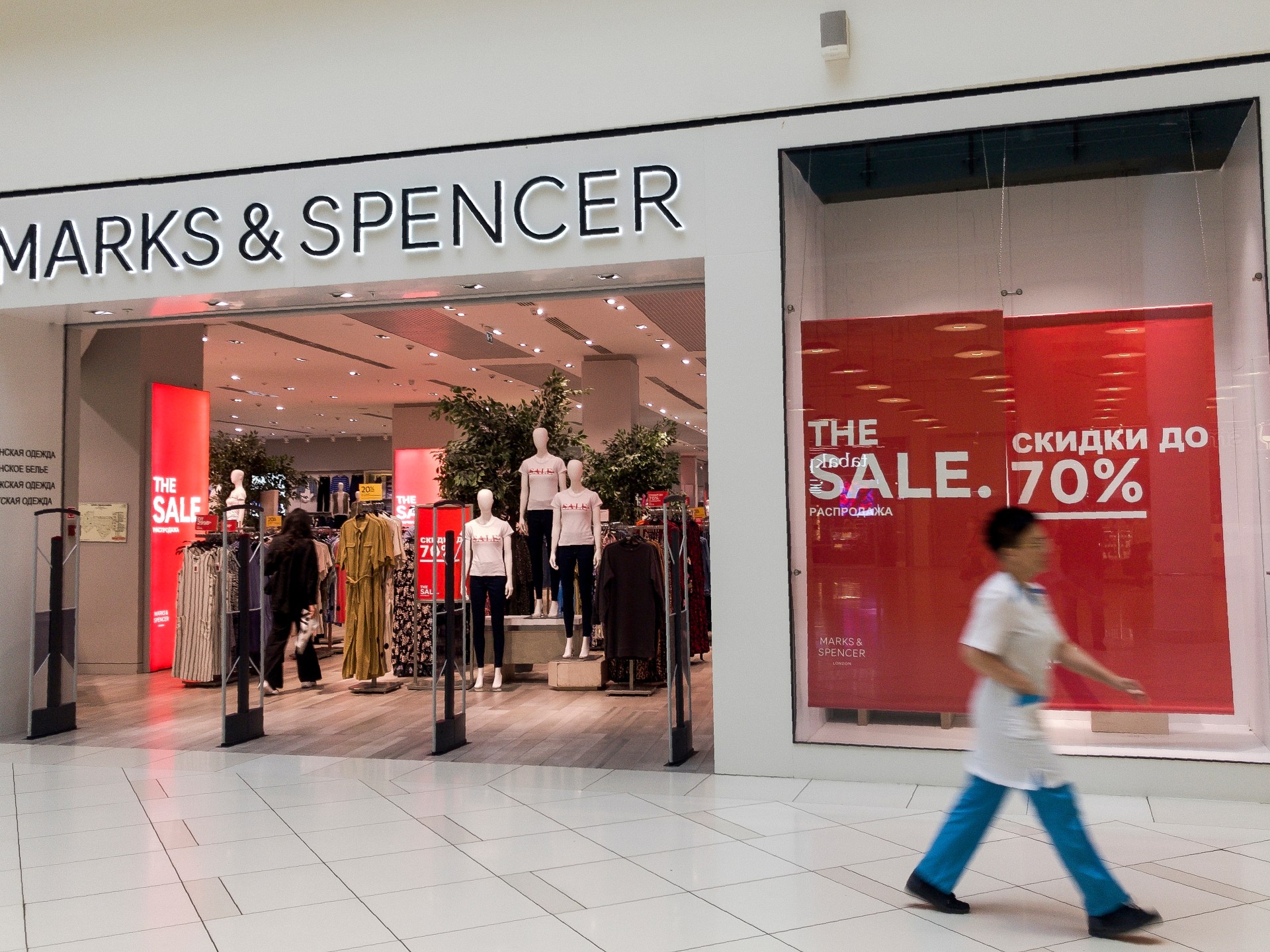Clippers continue to ‘strongly’ consider signing Chris Paul
As Clippers president of basketball operations Lawrence Frank conducted his Zoom with the media Saturday from the team’s practice facility, he looked to his right and mentioned how James Harden was in the gym working out and how Harden played a pivotal role in the team signing free-agent guard Bradley Beal.
But Frank is not done building a roster to compete in the rugged Western Conference, indicating that signing former Clippers guard Chris Paul is high on their list.
There have been so many rumors about Paul wanting to play for the Clippers in the upcoming season, about how he wanted to be close to his family in the Los Angeles area, and how the Clippers had interest in him returning to the franchise.
Frank didn’t shy away from how the Clippers view having Paul on the roster.
“He obviously possesses some of the qualities we just referenced about and of course we’re strongly, strongly considering him,” Frank said.
Paul, 40, played in all 82 games last season with the San Antonio Spurs. He averaged 28.0 minutes per game, 8.8 points, 3.6 rebounds, 7.4 assists and shot 42.7% from the field.
He spent six years with the Clippers, from 2011-12 until the 2016-17 season, and ushered in the “Lob City” era with Blake Griffin and DeAndre Jordan.
“What I’d say about Chris is he’s a great player,” Frank said. “He’s a great Clipper.”
Paul was traded in June of 2017 to the Houston Rockets, where he became a teammate of Harden.
Over the course of his 20-year career, Paul averaged 17.0 points, 9.2 assists and shot 47% from the field and 37% from three-point range.
If the Clippers do sign him, they will have three point guards — Harden, Kris Dunn and Paul.
Frank said the Clippers want to “lean into the ballhandling and playmaking” as they look to complete the roster.
“What we’ve seen is sometimes the problem of having too many guys and how that can impact the team,” Frank said. “So, we’ve learned from those lessons and I think the conversations that we have with anyone who’s going to join the Clippers next, they understand it’s a reserve role. They understand that kind of going into camp exactly what it looks like. So there’s no preconceived misconceptions yet.”
Adding Paul would give the Clippers five veteran guards — Harden, Beal, Paul, Dunn and Bogdan Bogdanonic — on a team that typically rotates 10 players during a game under coach Tyronn Lue’s system.
Harden played in 79 games last season and he averaged 35.3 minutes per game, ranking him 16th in the NBA. He averaged 22.8 points, 8.7 assists, 5.8 rebounds and shot 41% from the field and 35.3% from three-point range.
He’ll be 36 in August and having more playmaking guards like Paul will relieve some of the pressure off Harden.
“The reality is for any NBA team, the amount of times you have your top 10 all available, it’s usually 21 to 25 times throughout the course of a year,” Frank said. “So, you literally need everyone on your roster to be able to contribute. But to your point, because we do have a lot of versatility. …
“So, Brad Beal could give us more playmaking with the ball. … Kris Dunn can be the backup point guard. Bogdan can handle along with James. You just want to put everything on the table and then find the best person who can have total role acceptance and awareness and still if needed to play can play.”
Beal, 32, signed a two-year, $11-million deal with the Clippers, with a player option after next season. He averaged 17.0 points last season with the Phoenix Suns and shot 49.7% from the field and 38.6% from three-point range.
Beal probably will be the starting two guard next to Harden.
“As you guys know, Brad is a gifted two-way player who’s a three-level scorer who can create offense for himself and others,” Frank said. “He brings additional ball-handling, play-making and shooting to the group areas we wanted to upgrade.”

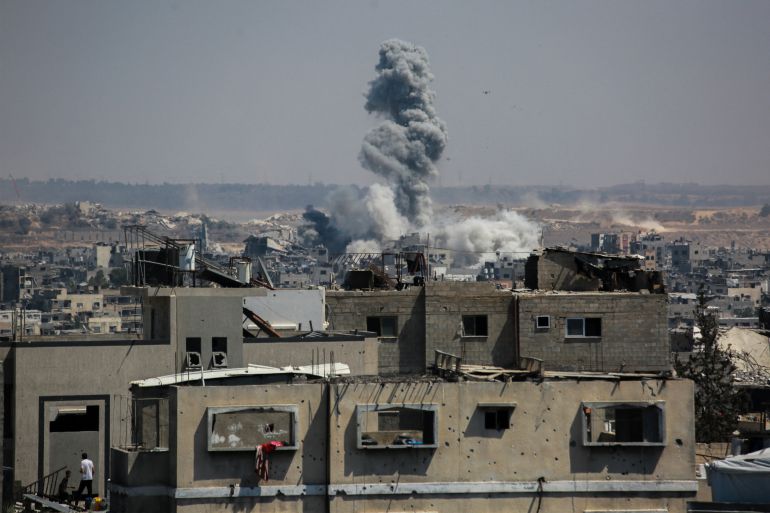


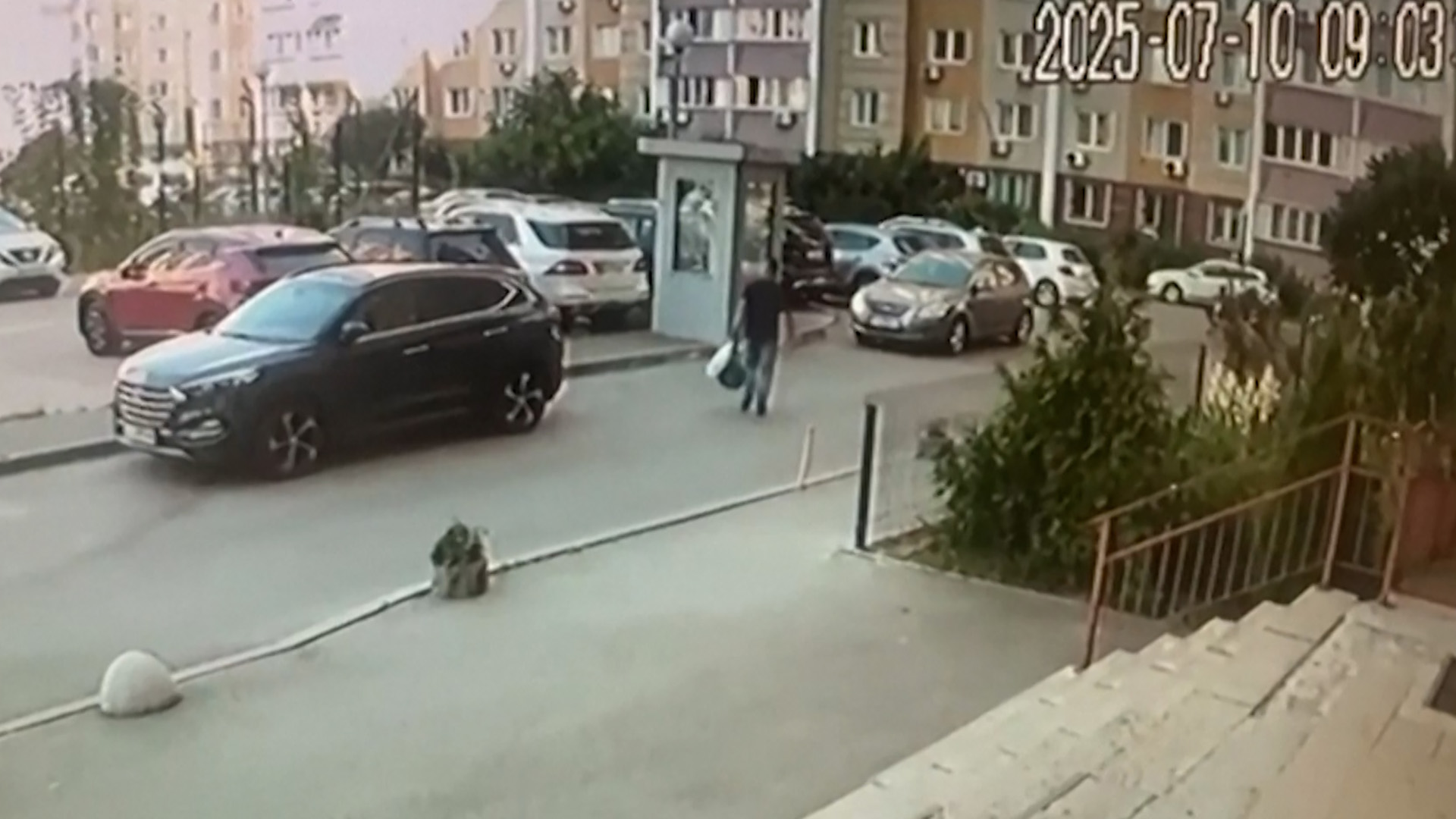
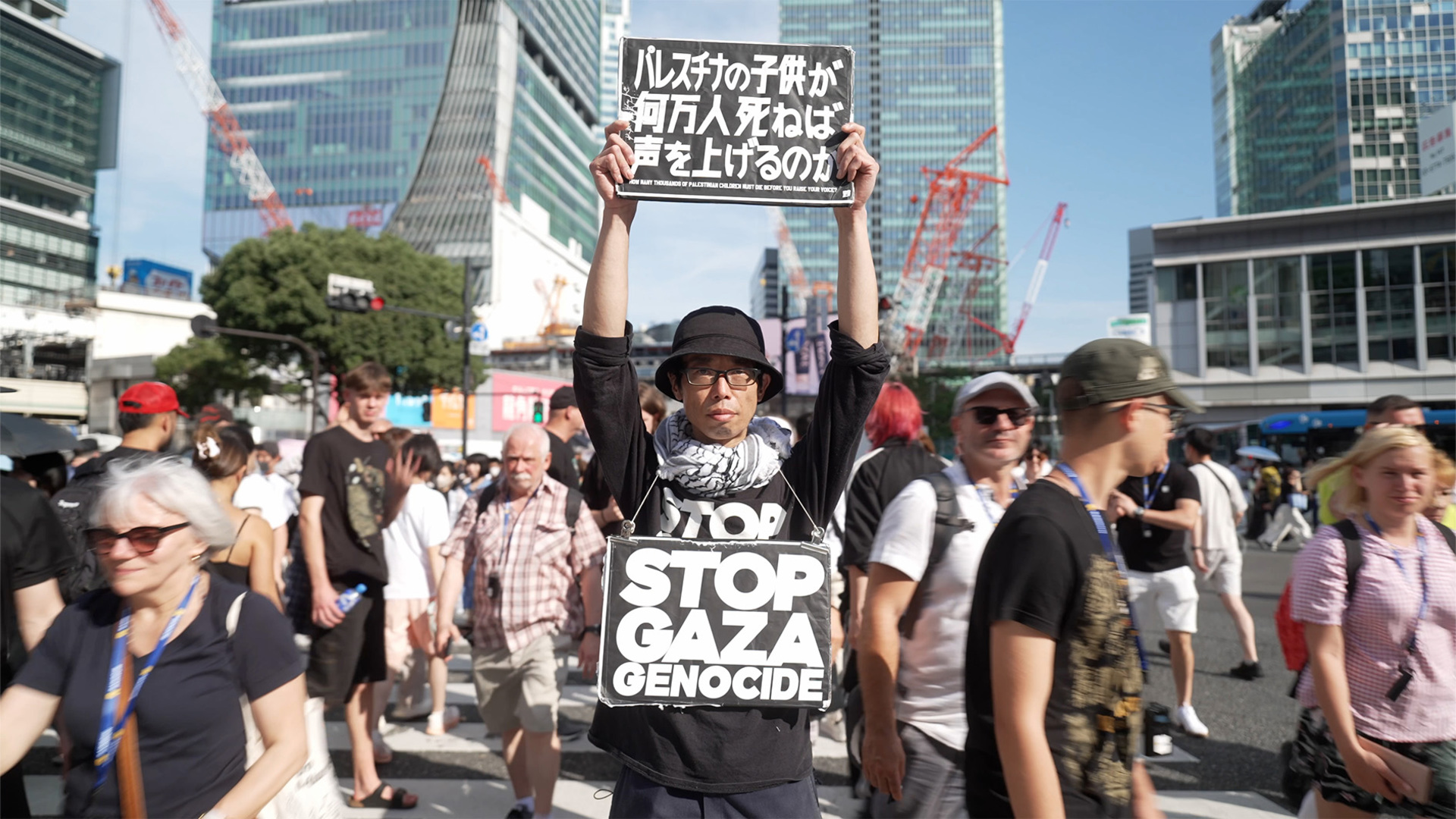
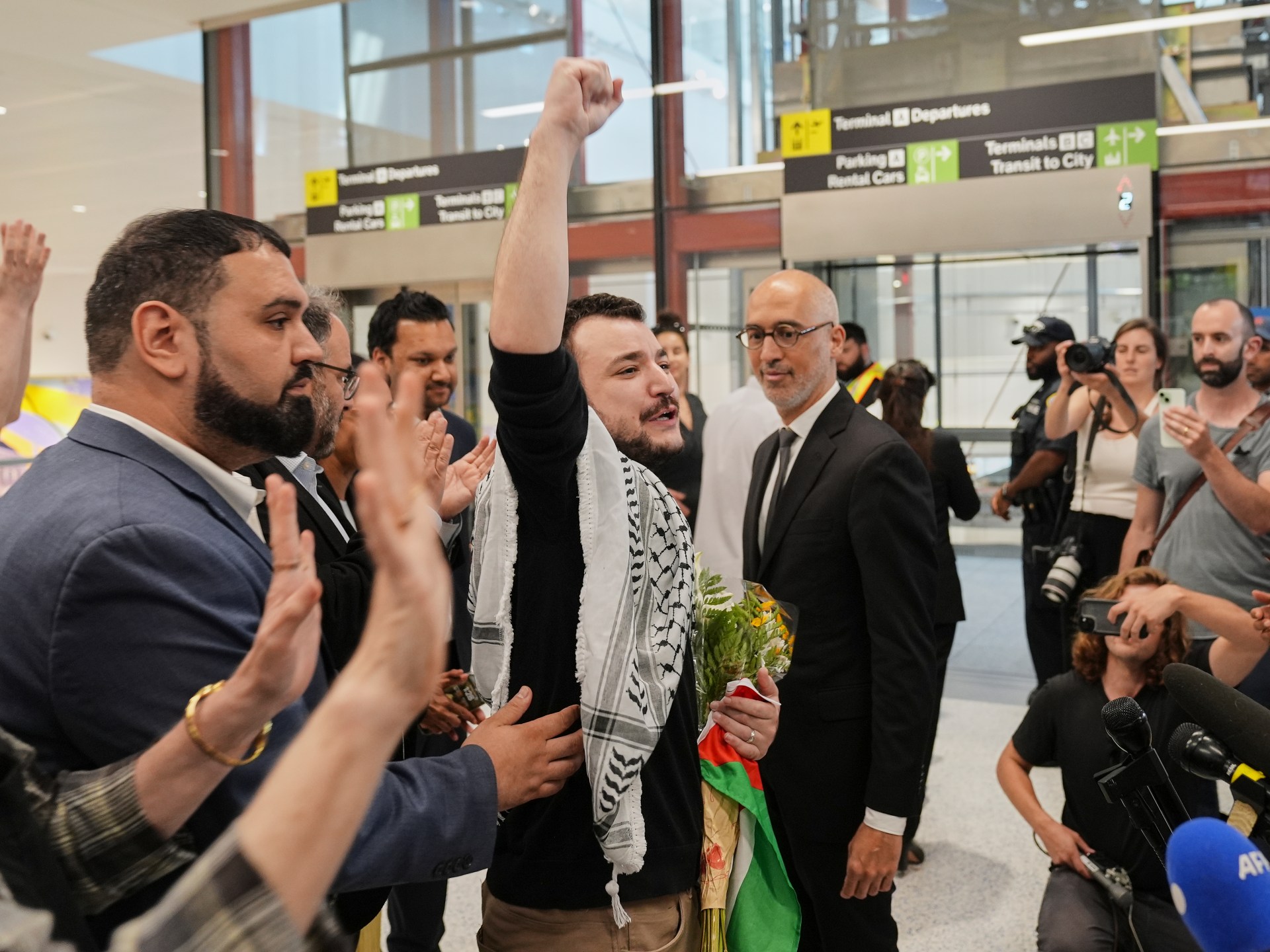


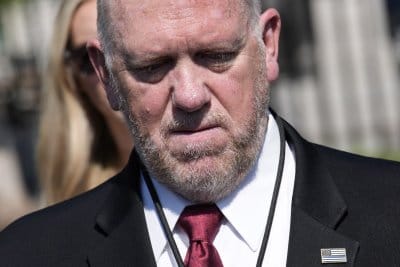





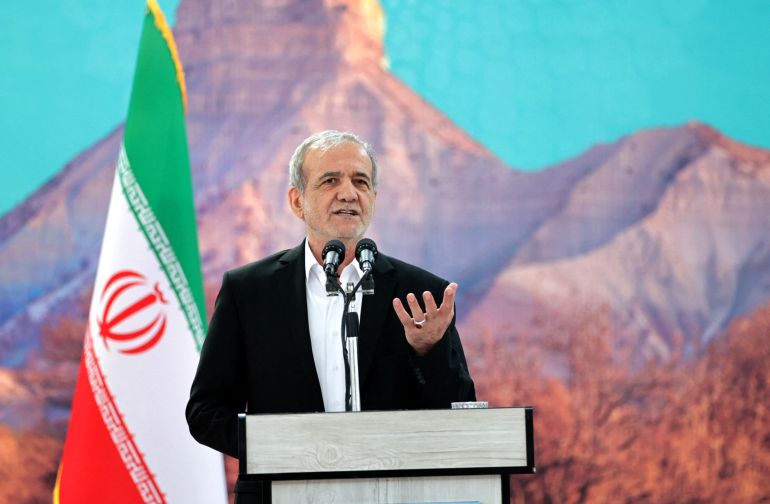

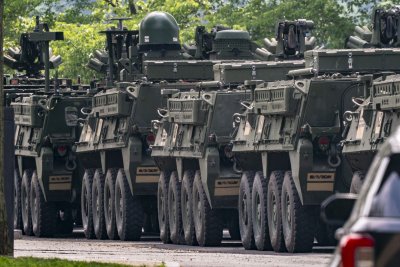

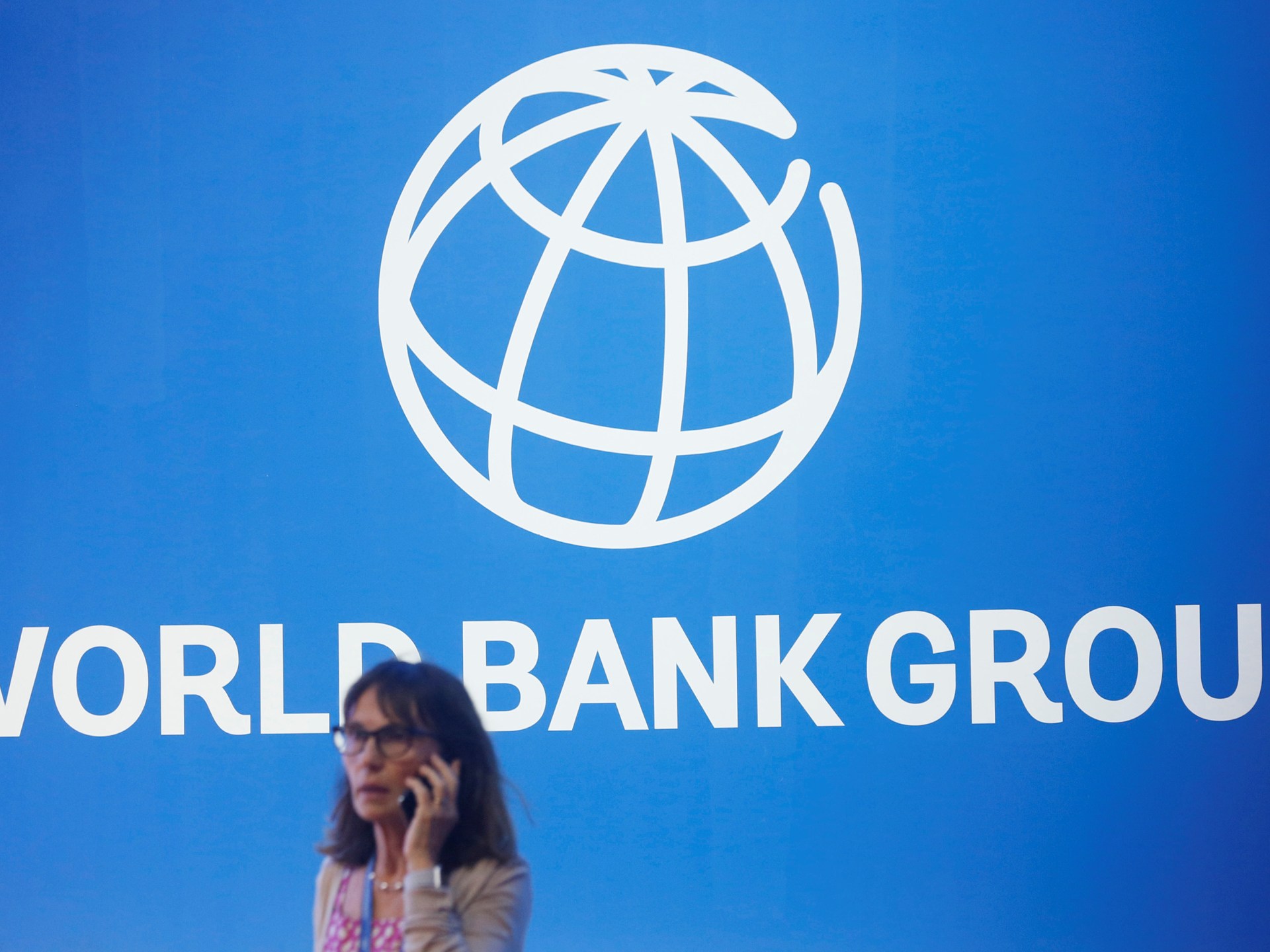
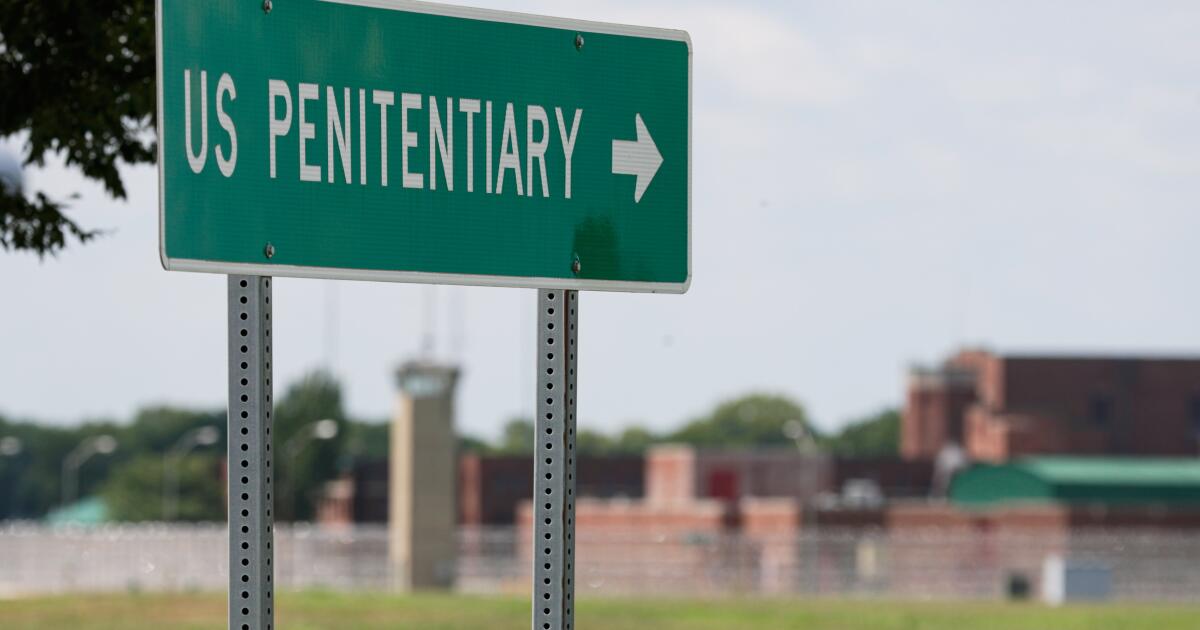


![Handout photograph taken and released by the press service of Ukrainian army during a training exercise at an undisclosed location near the front line in the Zaporizhzhia region [File: Andriy Andriyenko /Ukrainian Armed Forces/ AFP]](https://www.occasionaldigest.com/wp-content/uploads/2025/05/000_488G9G3-1748346027.jpg)
